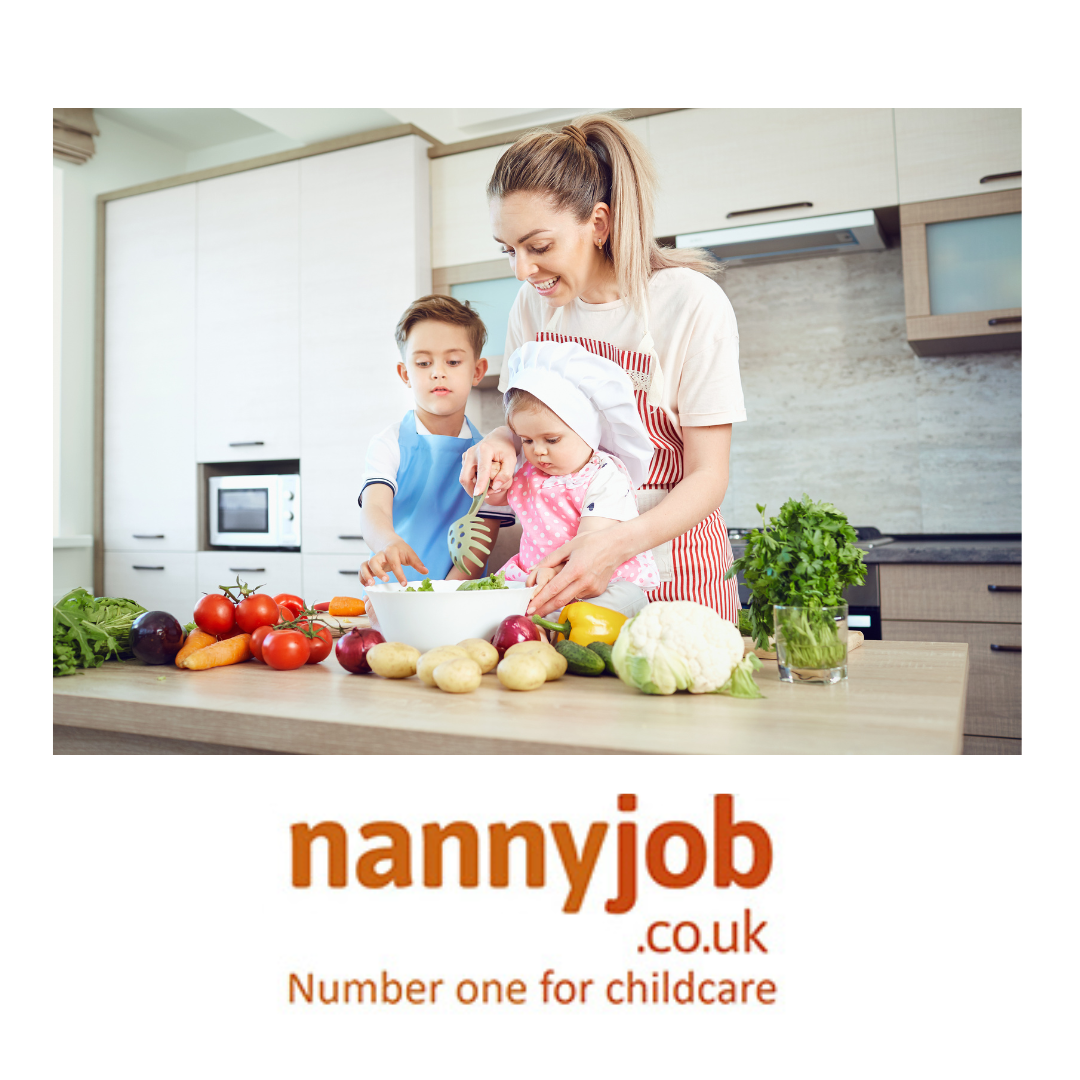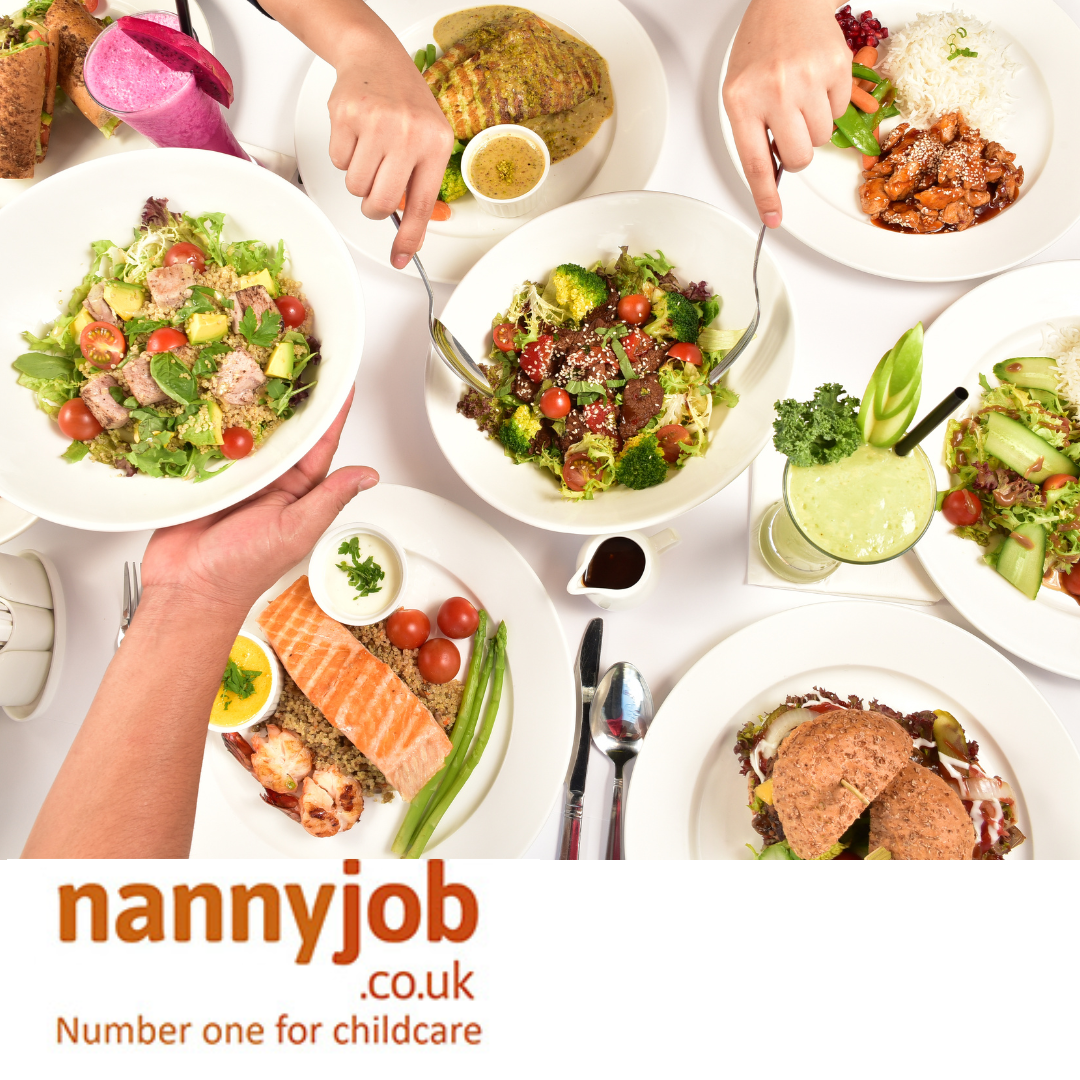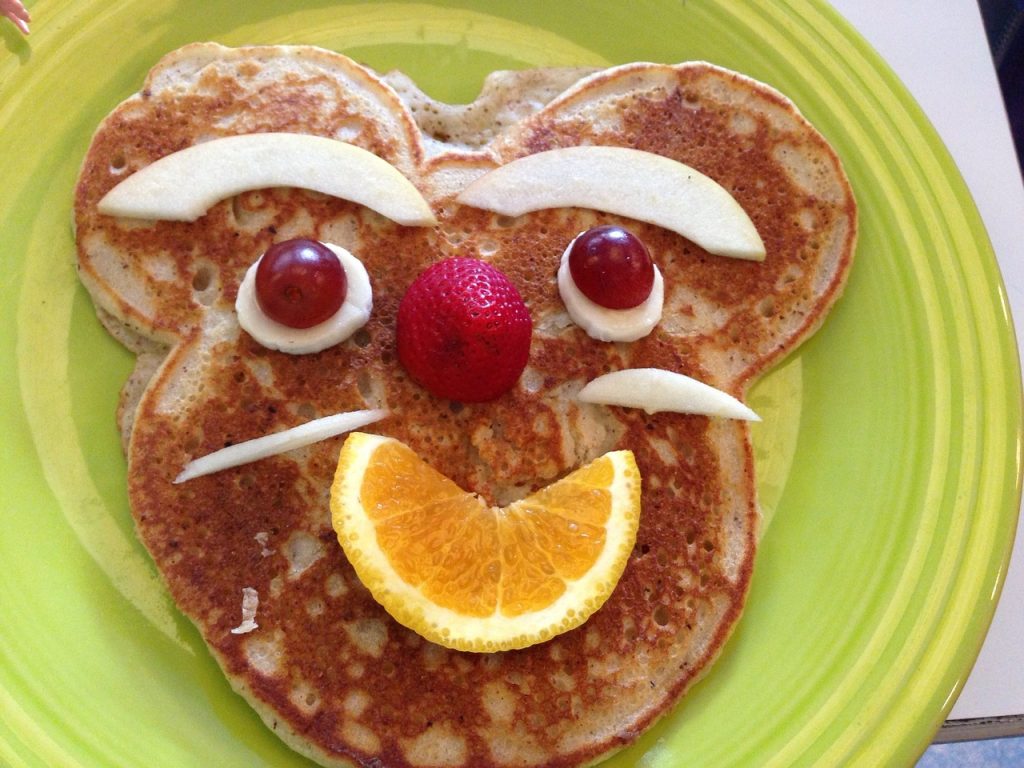When the cold weather hits, it’s time to warm up the kitchen with some delicious and nutritious meals that kids will love. Winter is the perfect season to introduce children to the joys of healthy eating with recipes that are both comforting and packed with nutrients. Here are some easy-to-make, kid-friendly recipes that are perfect for those chilly winter days.
1. Veggie-Packed Mac and Cheese:
Transform the classic mac and cheese into a nutrient-rich meal by adding pureed butternut squash, carrots, or even spinach to the cheese sauce. It’s a sneaky way to get kids to eat their veggies without compromising on taste.
2. Hearty Chicken and Vegetable Soup:
Nothing beats a warm bowl of chicken soup on a cold day. Load it up with a variety of vegetables like carrots, celery, peas, and potatoes. Opt for whole-grain noodles or brown rice for an extra healthy twist.
3. Sweet Potato and Black Bean Quesadillas:
These quesadillas are easy to make and are a great way to incorporate more legumes and vegetables into your child’s diet. Sweet potatoes add a natural sweetness, and black beans bring in protein and fiber.
4. Baked Apple Oatmeal Cups:
A perfect grab-and-go breakfast or snack, these oatmeal cups are filled with the goodness of apples, cinnamon, and whole-grain oats. They’re easy to make in a muffin tin and are perfect for busy winter mornings.
5. Turkey and Veggie Meatballs:
These meatballs are a great way to sneak in some extra vegetables. Grated zucchini or carrots can be mixed in with the ground turkey for a moist and flavorful meatball. Serve them with whole-grain pasta and a simple tomato sauce.
6. Roasted Root Vegetables:
Roasting brings out the natural sweetness in vegetables. Try a mix of carrots, parsnips, sweet potatoes, and beets, tossed in a little olive oil and roasted until tender. It’s a colorful and tasty side dish that pairs well with any protein.
These recipes are not only nutritious but also comforting and warming, making them perfect for winter. Most importantly, they are kid-approved for both taste and fun!



